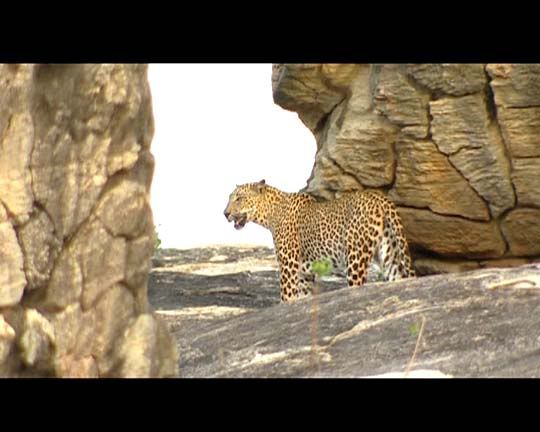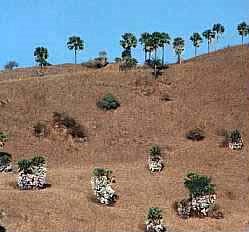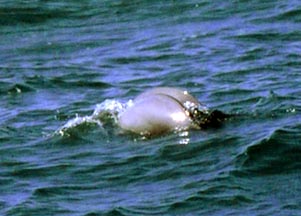The low-lying Maldives island chain was right in the bulls-eye of the devastating 2004 Indian Ocean tsunamis, but the islands themselves suffered surprisingly little damage and some even grew taller as a result of the deadly waves, reports a New Zealand geologist.
Despite the disastrous effects of the tsunamis on humans and man-made structures in the Maldives, less than five percent of the land area was significantly changed by the tsunamis, estimated Paul Kench of the University of Auckland.
A before-and-after study of 13 small islands suggests that the low-lying coral atolls are tougher than they look.

The Maldives after the Tsunami
Kench and his team had already surveyed 13 small islands in 2002 and 2003, and so they were in a perfect position to assess the effects of the tsunamis.
The first thing Kench and his team discovered was that the tsunamis were not nearly as high at the Maldives as along other coasts. That's because there is no continental shelf along which the tsunamis could build up and break.
Instead, the highest in the series of tsunamis from the Great Sumatra-Andaman Earthquake were only about ten feet, which washed over the 5 to 6.5-foot-high islands and then kept racing toward Africa.
The tsunamis scoured only the eastern sides of the islands, where they struck and carried the coral beach sand over the islands. As much as one foot of sand was deposited atop one island, with the others gaining two to four inches.
Therefore, at least geologically speaking, the tsunamis were anything but a destructive event for the Maldives. Kench published his discoveries in the March issue of the journal Geology.
But it's not clear whether it offers any clues to how the Maldives or other atolls will withstand rapid rises in sea level due to the melting of glaciers by global warming.
And there's also the fact that many atolls are now suffering from coral bleaching, which stops growth altogether.
This NOAA animation, captured by Earth-orbiting radars, reflects the bulge in sea surface height from space, showing the path of the tsunami. You can see the Maldives being struck southwest of southern India and Sri Lanka:











































